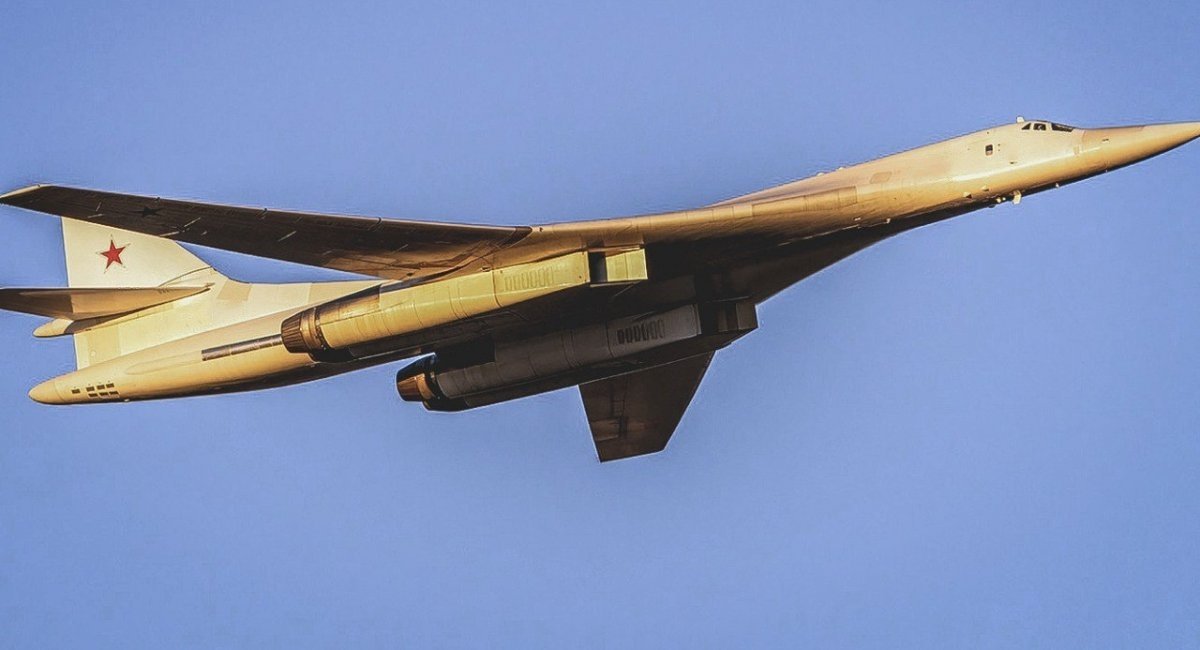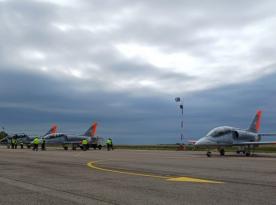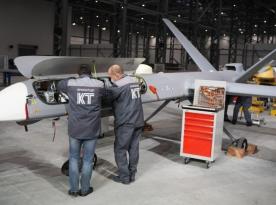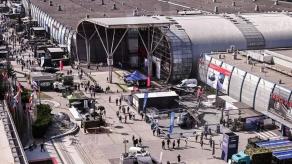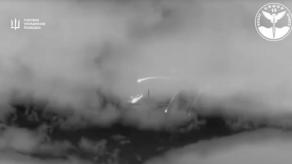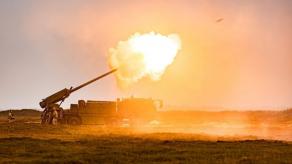First test prototype of the new type of russian strategic bomber, the Tu-160M, has began the series of tests supervised by the ministry of defense of russia, says United Aircraft Corporation. The manufacturer states the crews consist of both UAC technicians and military pilots of the "aerospace forces" of the russian federation.
The statement also mentions that this prototype features upgraded NK-32 engines of the "second series," new on-board equipment and electronic warfare systems, a "modern weapons kit" without specifying exactly. Although most likely, it means the same Kh-101 and Kh-555 missiles that are used by Tu-160 bombers.
Read more: Satellite Shows why russians Barely Use Tu-160 Bombers for Attacks on Ukraine

The nuance here is the fact this aircraft was assembled of parts made in the times of the Soviet Union, and rolled out of the workshops of the Kazan Aviation Plant in February 2022, soon followed by its first flight.
Earlier, Defense Express had already dove into the topic of the russian "reproduction" program aimed to produce Tu-160 strategic bombers out of spare parts and airframes that remained at Kazan Aviation Plant unfinished since the 1980s.
This approach adopted by the russian military industry looks rational, especially in the time of war against Ukraine. Mainly because it provides "a way around" manufacturing the wing root and some other parts of the fuselage which requires enormous quantities of two resources: titanium and electric power. Instead, they can get straight to installing electronics and weapon systems.
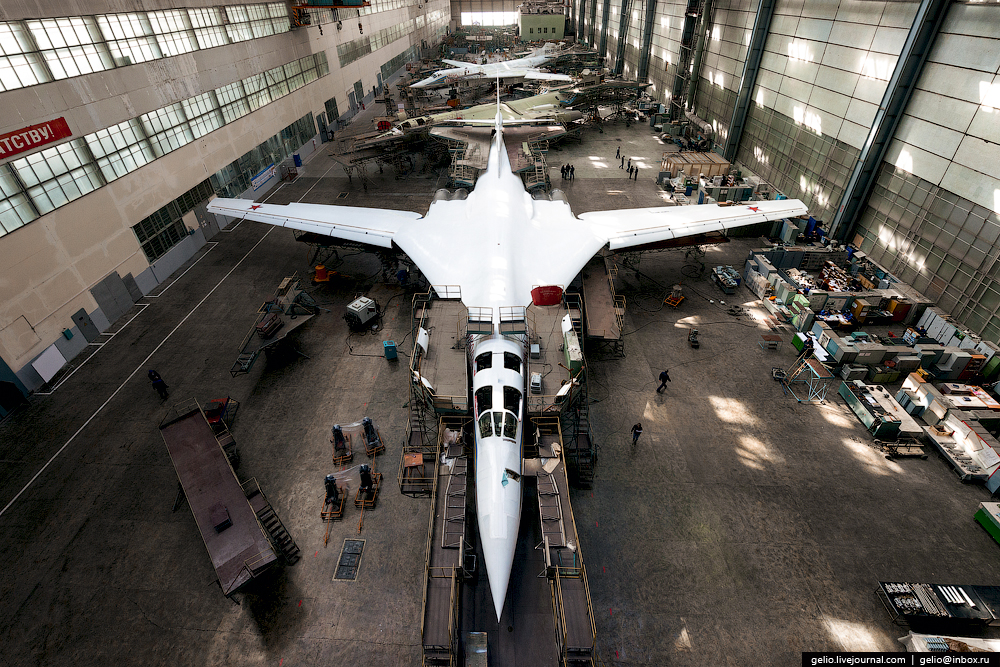
However, there are two significant drawbacks to this method. First, the condition of Soviet-era components and their "fatigue" in particular. Also, we don't know how many well-preserved "workpieces" are available to the russians.
Second is that even this roundabout way of production still takes a lot of time. It is unknown how long it took to create the first prototype but the 1,5 years delay before starting the tests is significant and gives the general picture of the speed of production.
This leads to the conclusion that russia can replenish its strategic aviation fleet with one Tu-160 aircraft every few years. And the final piece to the picture is that russia supposedly has fewer Tu-22M3 and Tu-95MS strategic bombers than exist "on paper".
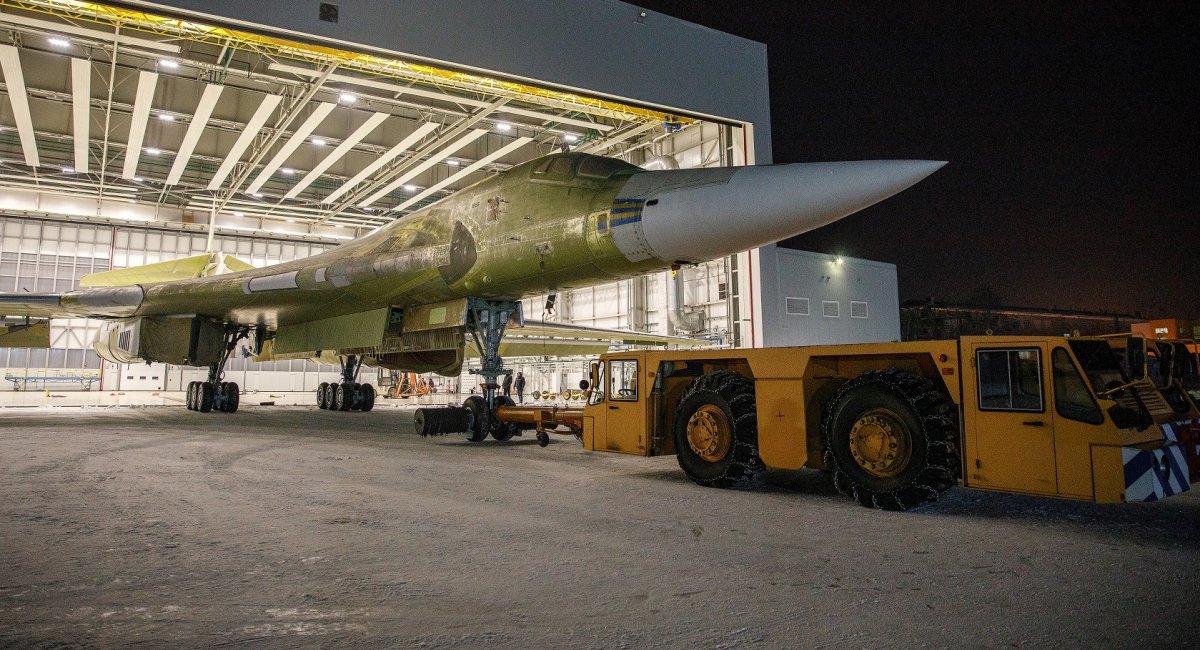
Read more: British Minister Says russia Has Less Tu-22M3 and Tu-95MS Strategic Bombers Than Exists "On Paper"




